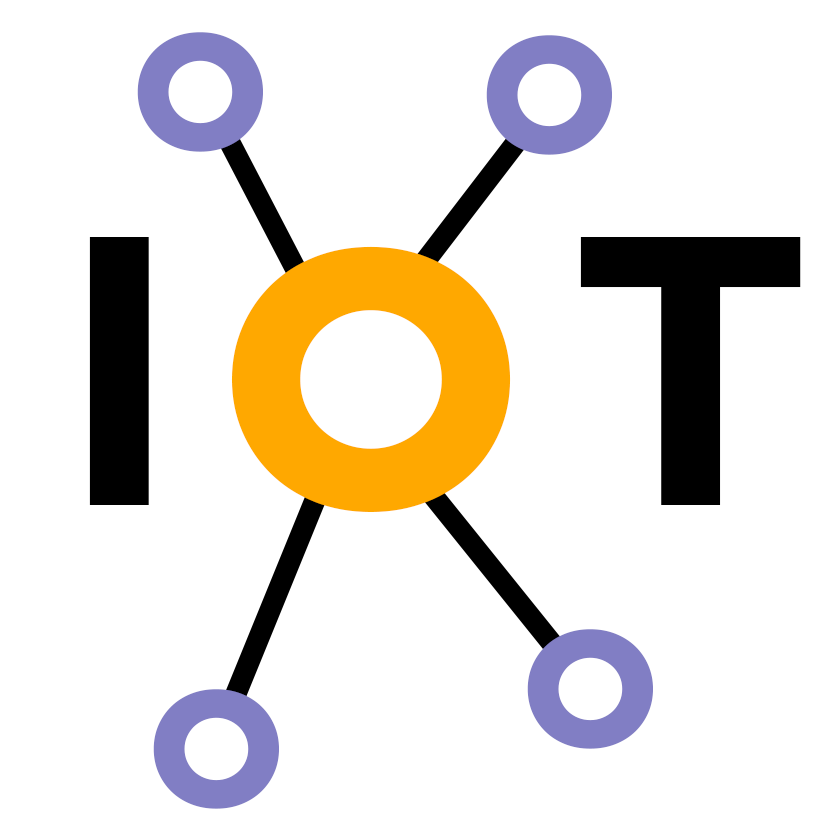Differences
This shows you the differences between two versions of the page.
|
iothings:proiecte:2025sric:runtrack32 [2025/05/29 01:13] alexandra.cornea01 [References] |
iothings:proiecte:2025sric:runtrack32 [2025/05/29 02:31] (current) alexandra.cornea01 [Demonstration and Results] |
||
|---|---|---|---|
| Line 17: | Line 17: | ||
| The sensors are powered via the breadboard's power rails, and communication is established using serial (for GPS) and I2C (for MAX30100). | The sensors are powered via the breadboard's power rails, and communication is established using serial (for GPS) and I2C (for MAX30100). | ||
| - | {{:iothings:proiecte:2025sric:runtracker.jpg?500|}} | + | {{:iothings:proiecte:2025sric:runtracker.jpg?570|}} |
| **GPS (Neo-6M) Connections** | **GPS (Neo-6M) Connections** | ||
| Line 261: | Line 261: | ||
| </code> | </code> | ||
| - | ==== Results ==== | + | ==== Demonstration and Results ==== |
| + | To illustrate the functionality of the system, the images and logs offer a glimpse into how the components interact in practice, with real-time data flowing from the hardware to the mobile app. | ||
| + | |||
| + | The Android application displays real-time values such as heart rate, oxygen saturation, speed, and GPS location in a clean interface. | ||
| + | |||
| + | {{:iothings:proiecte:2025sric:app.jpg?300|}} | ||
| + | |||
| + | Serial logs from the Arduino console show how data is continuously read from the GPS and pulse oximeter sensors. | ||
| + | |||
| + | {{:iothings:proiecte:2025sric:monitor.png?570|}} | ||
| + | |||
| + | the image shows the MAX30100 sensor in use for pulse measurement, alongside the GPS module actively providing location and speed data. | ||
| + | |||
| + | {{:iothings:proiecte:2025sric:testspeed.jpg?570|}} | ||
| ==== References ==== | ==== References ==== | ||

